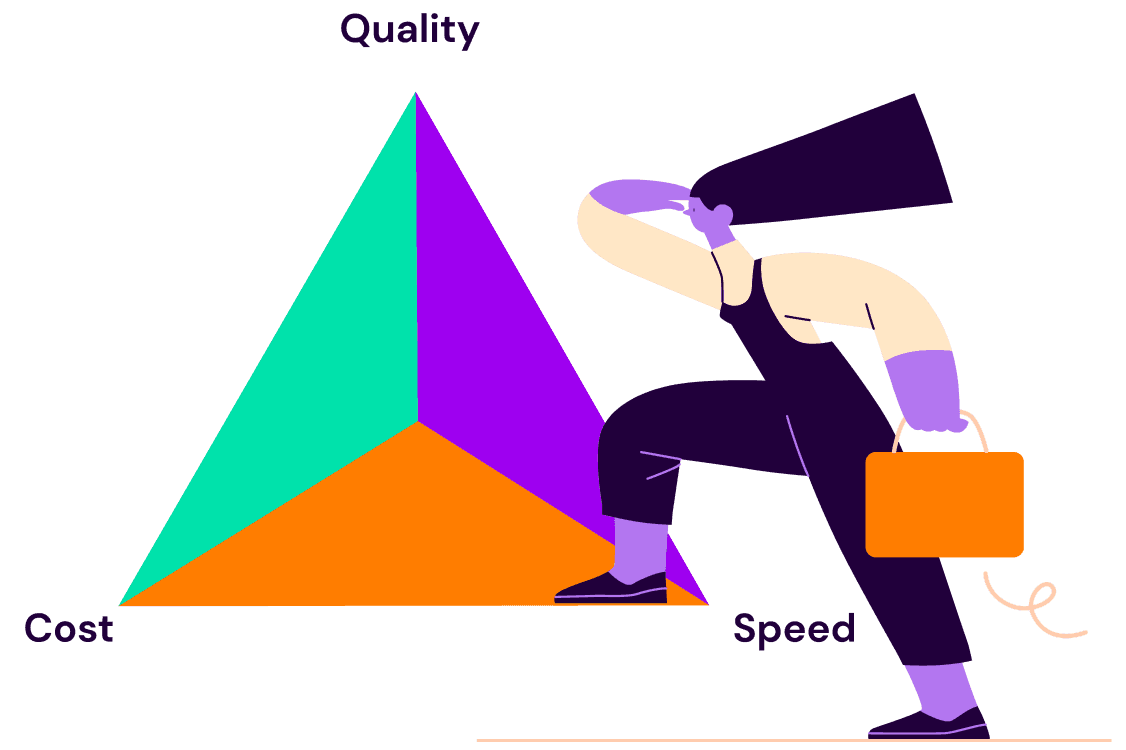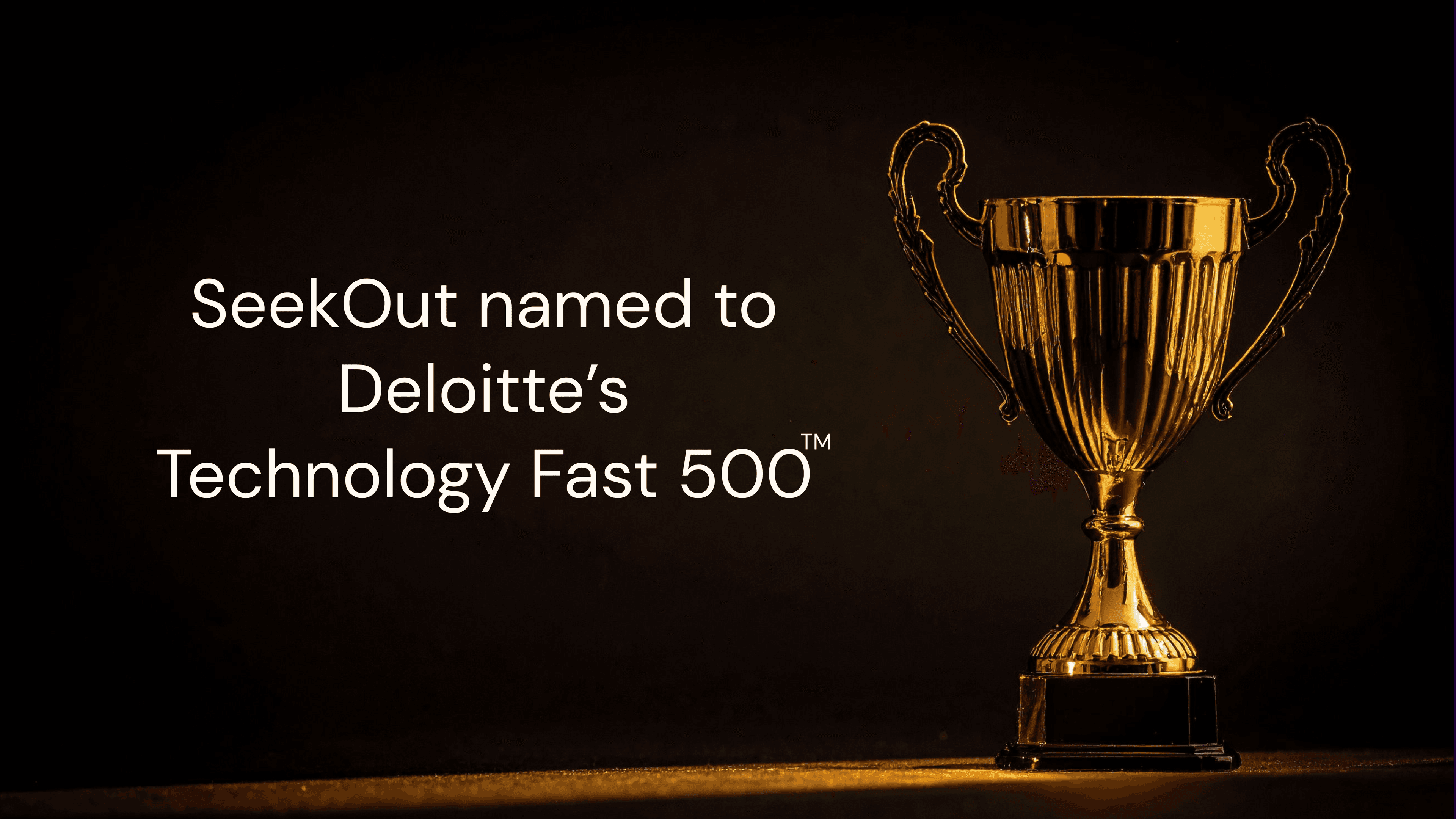
Back to blogs
In tough economic times, Talent Acquisition (TA) is one of the first teams asked to do more with less. Luckily, modern tech stacks have come a long way in helping you stay competitive—when you know how best to use them.
In our recent webinar, “How to get more from your tech stack ahead of a recession” SeekOut’s Head of Customer Advocacy, Ed Pedini explored the current state of recruiting technology through the real-world experience of three industry experts:
Graham Thornton, CEO at Change State
Martin Burns, Managing Editor at Recruiting Daily
Robyn Thornton, TA Director at SeekOut

Prefer to watch instead of read? See the on-demand recording for the full conversation.
HR tech lags behind Marketing and Sales tech
When it comes to cutting-edge technology, the industry hasn’t caught up with the depth and breadth of solution capabilities offered to marketing and sales teams. As Graham illustrates, “When Martin looks at a job and doesn’t apply, how do we stay in front of him?”
Companies lose out on prospective talent when they navigate away from the company website and careers page. Staying top of mind and visible to individuals after they show initial interest in the company is something consumer marketing excels at.
There are ample opportunities to learn more about the professionals who visit our career pages and better engage with the prior applicants and silver medalists captured in our applicant tracking systems (ATS).
When thinking of modernizing, where do you start?
People teams constantly look for ways to get better, faster, and stronger. But it’s critical to learn exactly where those opportunities for improvement exist throughout the process.
First, map the entire process. Next, create a problem list by speaking with stakeholders and prioritize problems based on impact. Now that the problems are clear, identify opportunities to rework agreements and contracts with existing vendors before investing additional time shopping for new tools. More than likely, companies can make some improvements to speed and quality without rushing into a new solution.
“Figure out what’s broken first,” suggests Martin. “The answer could be making a hire, reducing redundancy, or moving things around internally as the first step.”
Where are the biggest impacts and gains from recruiting tech?
It’s not all doom and gloom. The use of more modern technologies, like interview scheduling tools and career page chatbots, is increasing across the industry—and the results look promising. Companies are leaning into conversational AI chatbots to improve candidate experience, engage with passive candidates, and improve TA team productivity.
With regards to candidate experience, there’s a lot more work to be done. While there are bright spots with the evolution of HR tech, there is a big opportunity to improve candidate experience across the board. One way is for TA leaders to apply for their own roles as “secret shoppers.” Experiencing their own process can help them ensure candidates are treated with respect, empathy, and compassion.
How do you have the conversation around what you should automate?
Most importantly, solutions need to be human-centered. As Robyn says, “You can’t just put technology in place of a person. It has to compliment your overall talent strategy.”
Empathy and technology aren’t used in the same sentence enough. The best tech works in the background—it improves productivity without giving candidates the sense that they aren’t being prioritized by the company.
TA teams are often tasked with doing more with less. How do they achieve that goal?
There are many places to cut costs, but it’s important to understand the trade-offs before making any decisions. Utilizing your ATS system as a talent rich tool for engaging prior candidates is one place to start.
Graham also recommends looking at which shifts you can make across spend, time, and people resources—benchmarking each first, to understand where you can eliminate waste.
How should artificial intelligence show up in recruiting technology and workflows?
“On the regulatory side, there’s a lot of buzz and pushback coming around AI,” Martin shares. “I think we’re doing more machine learning than AI right now.”
Teams are automating processes, but humans are making the HR wheels turn. As more AI applications become available, ensuring positive candidate experience, sound ethics, and an emphasis on diversity, equity, and inclusion will stay top of mind.
Want to learn more?
We’re grateful to our panel for such a wonderful discussion filled with great takeaways. If you want to catch the entire conversation, watch the on-demand webinar.
If you’re looking for a people-first sourcing tool that can help you do more, check out SeekOut Recruit.
See us in action
Learn how SeekOut unifies people data to help organizations reach their talent goals
Request a demo




